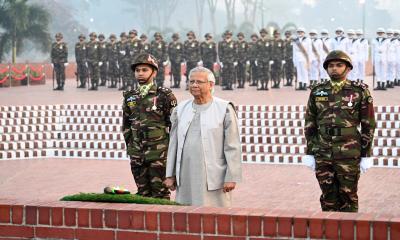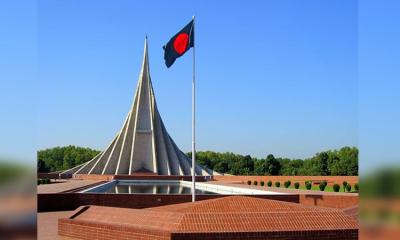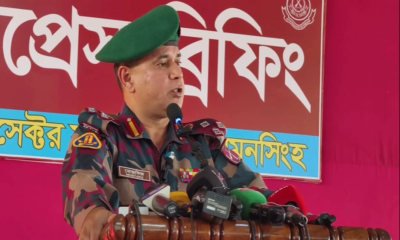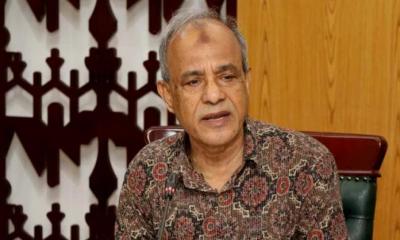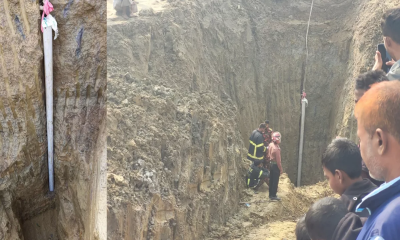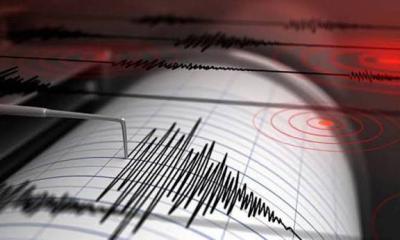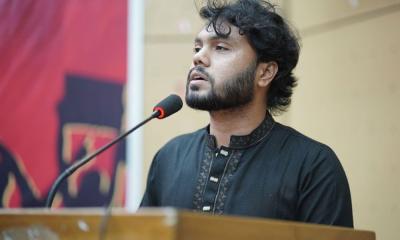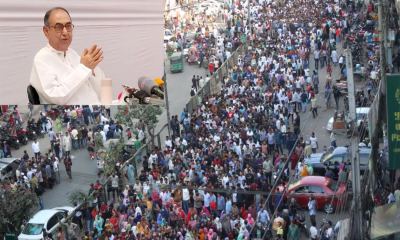The 264% increase of electricity tariffs affecting two-thirds of the 7.8 million households using less than 90 kilowatts per month, while heavy consumers will pay about 80% additional bill has started Wednesday in Sri Lanka.
Sri Lanka’s state-owned power utility announced on Tuesday a 264% increase in its tariffs for small consumers, while larger consumers will receive a smaller increase.
A consumer using less than 30 kilowatts per month will pay Rs. 28.50 per kilowatt, compared to Rs. 7.85 currently. Large consumers who were charged 45 rupees per kilowatt will now pay 80.55 rupees ($0.20).
The Ceylon Electricity Board (CEB) said the regulator had authorized it to make the steep increases from Wednesday, the first in nine years, to replenish its coffers with a deficit of $616 million.
The CEB had requested a larger tariff increase of more than 800 percent, but the regulator capped it at 264 percent, officials said.
Sri Lanka, a country of 22 million people, has been ravaged by a historic economic crisis, marked by severe shortages of food, fuel and medicine. The island has also suffered daily power cuts for months, as the CEB has not been able to buy the oil needed to run its thermal power plants.
The South Asian country defaulted on its $51 billion foreign debt in mid-April and is negotiating with the IMF for a possible bailout. The restructuring of this debt is a precondition for the IMF to approve a rescue plan.


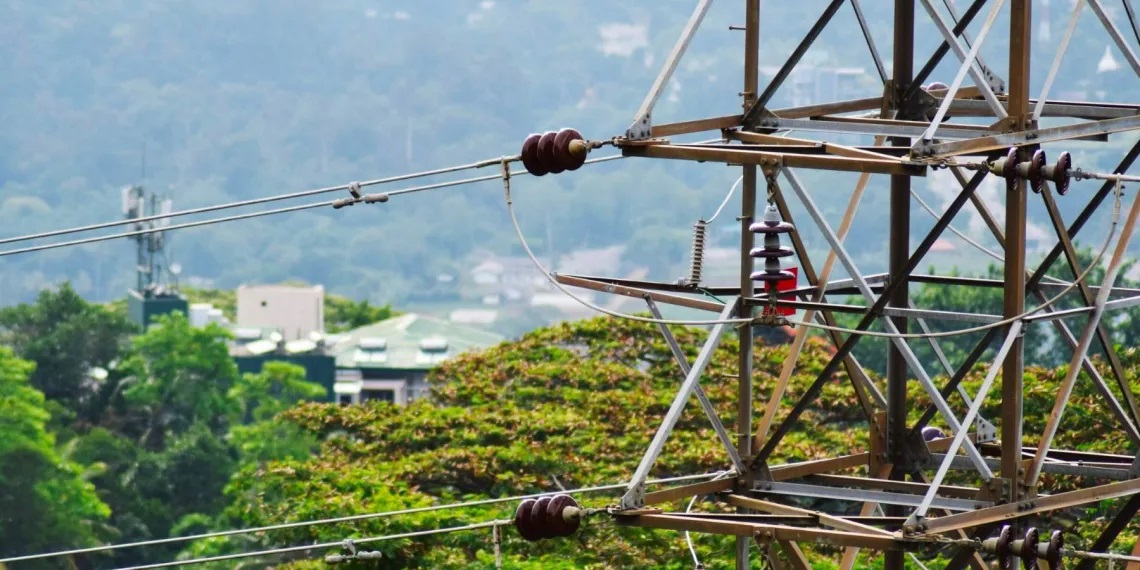


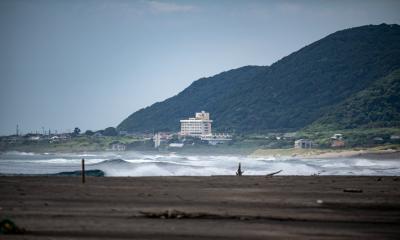


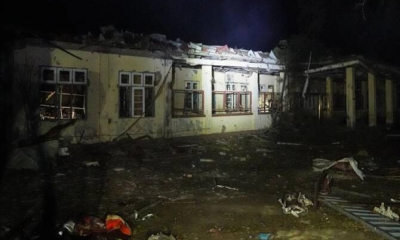

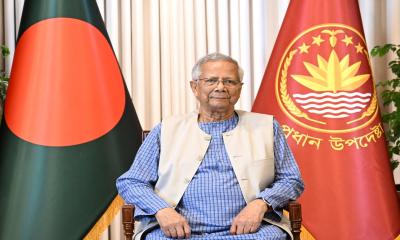

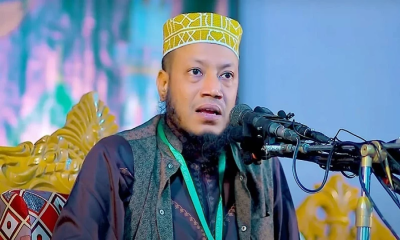
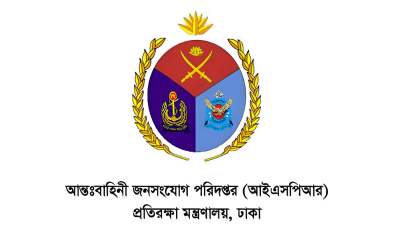
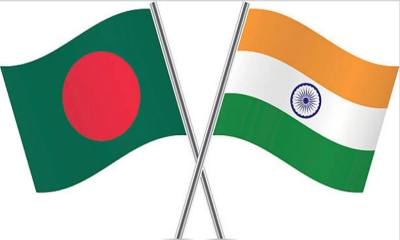
-20251216092417.webp)

-20251216090625.jpeg)
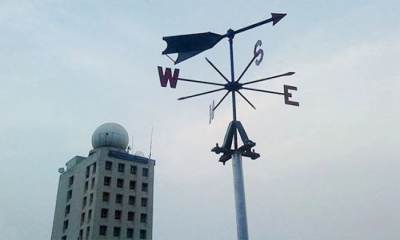
-20251216054240.jpeg)
